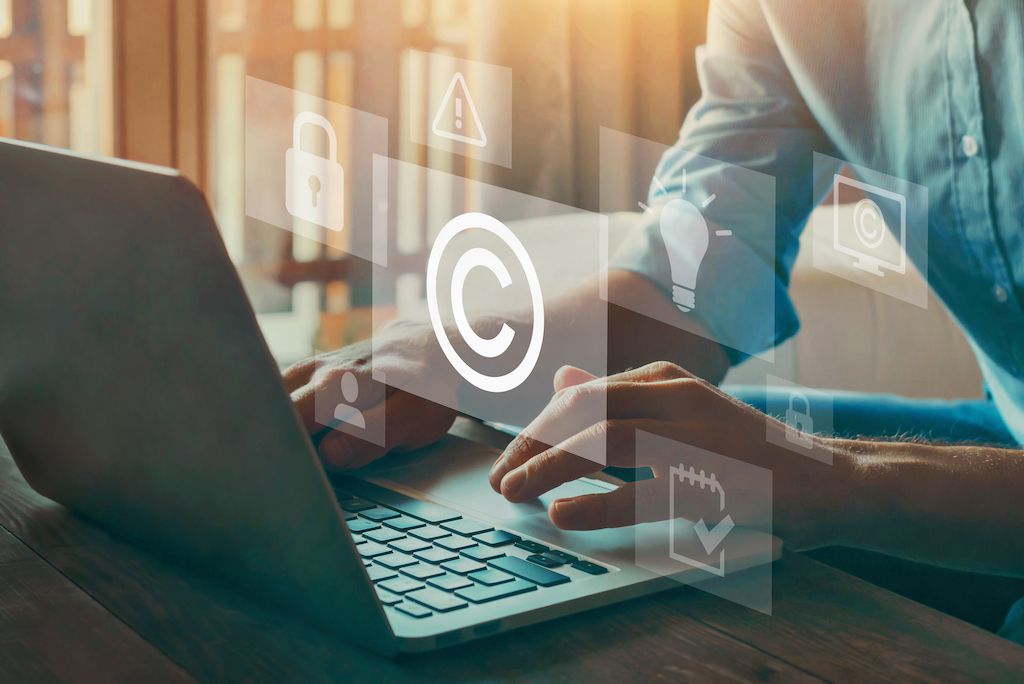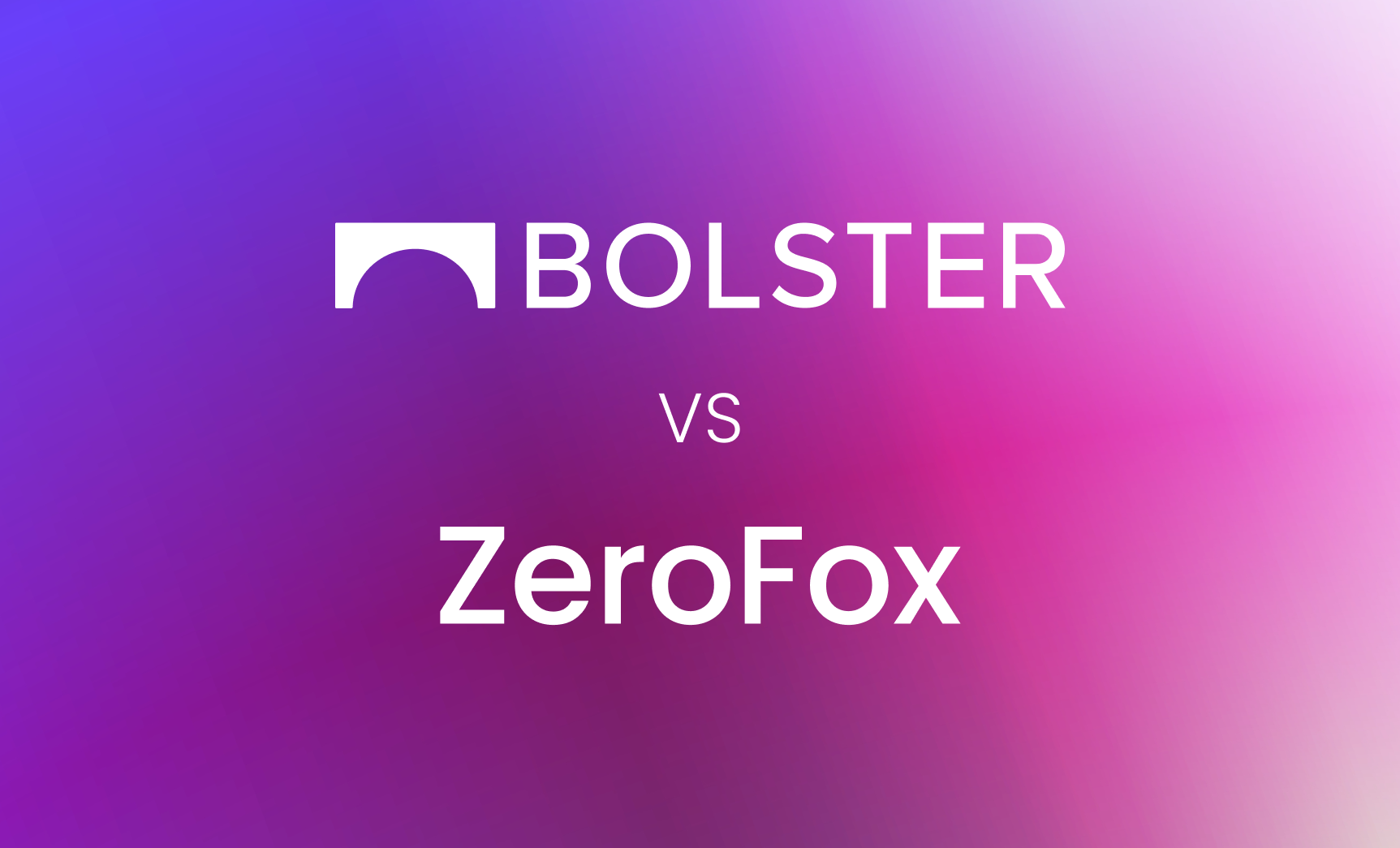A DMCA takedown notice is a formal request made under the Digital Millennium Copyright Act that asks a service provider – like a web host, search engine, or social media platform – to remove content that infringes on copyrighted material. It allows creators and copyright holders to protect their work online without immediately resorting to legal action.
When someone files a DMCA takedown notice, the platform is required to review the claim and, if valid, take the infringing content down. This process is foundational to digital copyright enforcement and gives creators a practical tool to combat online piracy and unauthorized use.
What Is the DMCA?
The Digital Millennium Copyright Act updated U.S. copyright law for the digital age. Its goal: to protect copyright holders while also encouraging online platforms to grow responsibly.
The DMCA brought together four bills into one cohesive law and introduced several key provisions. According to the U.S. Copyright Office, three of the most important updates were:
Safe harbor protections for online service providers when users upload infringing content—if the platform promptly removes the content after receiving a valid notice.
Legal protections for digital content, encouraging creators to make their work available online by guarding against unauthorized access or copying.
Penalties for tampering with copyright information, such as removing metadata or falsely claiming ownership.
Why the DMCA Exists
The internet started as a communication system for research institutions, but it quickly grew into a global platform connecting millions. By 1998, just before the DMCA became law, about 150 million people—3.6% of the world’s population—were online.
As the internet expanded, so did the misuse of digital content. People could freely download music, movies, and other media without compensating the creators. This rise in digital piracy made it clear that new rules were needed to protect copyright in the digital era.
To address this, the U.S. signed two global treaties – the WIPO Copyright Treaty (WCT) and the WIPO Performances and Phonograms Treaty (WPPT) – which laid the groundwork for the DMCA and modern digital copyright protection.
The DMCA Takedown Notice
At the heart of the DMCA is the takedown notice—a fast, accessible way for individuals and companies to protect their copyrighted work online.
When someone submits a takedown notice, it serves as a legal notification to the ISP, search engine, or platform hosting the infringing content. In turn, that provider is required to notify the website owner or user responsible for the content.
From there, the content must be removed within a specific timeframe. If it isn’t, the service provider may take it down themselves to avoid liability. This process is typically quick—especially for websites—but can take longer on platforms like social media or search engines due to review volume.
Who Can File a DMCA Takedown Notice?
Anyone who owns the rights to original content—or is authorized to act on behalf of the rights holder—can file a DMCA takedown. This includes individual creators, businesses, publishers, artists, developers, and others who discover their work has been copied or shared without permission.
Importantly, you do not need to register your copyright in order to file a takedown. However, registration may offer added legal benefits, especially if the issue escalates.
Learn More: Copyright Examples & Lessons to Learn From
What Types of Content Are Covered?
DMCA takedowns can apply to nearly any form of digital content, including:
- Images and graphics
- Videos and films
- Music and audio files
- Blog posts, articles, and written content
- Software code
- Product designs
- Educational materials
- Social media posts
As long as the content is original and protected by copyright, it’s eligible for takedown protection under the DMCA.
Common Platforms Where Takedowns Are Filed
While the DMCA applies broadly, some platforms see more infringement activity than others. Common places where DMCA takedowns are filed include:
- Web hosting services (e.g., GoDaddy, Bluehost)
- Search engines (e.g., Google, Bing)
- Social media platforms (e.g., Instagram, TikTok, Twitter/X, Facebook)
- Marketplaces and eCommerce sites (e.g., Amazon, Etsy, eBay)
- Streaming services and video platforms (e.g., YouTube, Vimeo)
Each platform has its own DMCA reporting process, but they all follow the same legal foundation.
Does a DMCA Takedown Always Work?
DMCA takedowns are generally effective—especially when submitted properly with all required information. Most platforms comply quickly to avoid legal liability, often removing infringing content within a few days.
However, enforcement can vary depending on where the infringing content is hosted. For example:
- U.S.-based companies are required to follow DMCA laws and usually have streamlined processes.
- International sites may not be subject to DMCA regulations and could ignore takedown requests.
- Repeat offenders may use tricks like reuploading content under new URLs or using mirror sites, requiring ongoing monitoring.
In short, while the DMCA is a strong tool, it isn’t always a one-and-done solution—especially for persistent cases of infringement.
The Benefits of Automation
For businesses or creators regularly dealing with copyright violations, manually filing takedowns can be time-consuming. Tracking down stolen content, documenting ownership, and submitting requests across multiple platforms adds up fast.
That’s where automated takedown solutions come in.
Tools like Bolster use AI to monitor the internet for unauthorized use of your content and automatically initiate takedowns—across domains, social media, app stores, and even the dark web. With no coding required, teams can protect their intellectual property at scale, without getting bogged down in paperwork.
Final Thoughts
The DMCA takedown process empowers creators to defend their work online—quickly, affordably, and without needing to go to court. It’s a cornerstone of modern digital copyright law, offering protection in an age where content moves faster than ever.
While the process often begins with a simple notice, filing an effective takedown can help stop infringement in its tracks. Whether you’re protecting a single photo or an entire brand’s catalog, the DMCA gives you the legal backing you need to take action.
Request a demo today to learn more about Bolster and how it can help you better protect your intellectual property against various threats.








